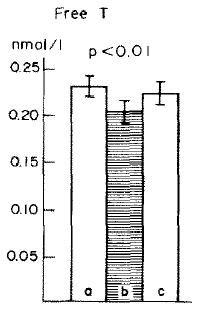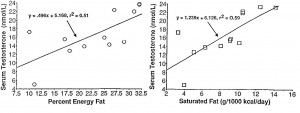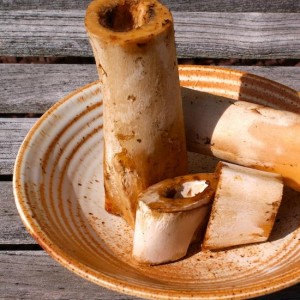NPR recently reported on a study where the participants ate either a meat-based, fiber-free ketogenic diet or a vegetarian diet and had their gut microflora analyzed. The low carb diet
was much higher in fat, and as such, increased the prevalence of a microbe involved in fat digestion. “Bilophila.” The article focused on this one and cited a 2012 study where Bilophila was associated with intestinal inflammation… however, the ketogenic diet
increased the levels of Bacteroides and decreased Firmicutes. These are the two that brought the whole gut microbe-obesity connection into the spotlight. The microbiome in obese mice is characterized by low Bacteriodetes and high Firmicutes. Fecal transplants from obese mice to lean mice causes them to gain weight. Little is known about Bilophila relative to Bacteriodetes & Firmicutes, and I suspect the focus was on Bilophila because the authors wanted something negative to say about a meat-based, fiber-free ketogenic diet, and that 2012 mouse study suggested Bilophila could be their answer.
awesome finder
-
Recent Posts
- Would you like your next meal to be your last… in a really long time??
- Health “Biohacks”
- Most sleep drugs are absolute shit.
- Hey GLP-1 nerds, check out Nesfatin-1
- The All New “Uh-Oh CIM”
- 5x greater intake of seed oils. Place your bets!?
- Rebranding GLP-1Ra & SGLT2i as “CIM” O_o
- Seed oils.
- This mouse-alcohol-energy balance study is breaking the internet.
- Canagliflozin, semaglutide, and tirzepatide OH MY
- Homemade Healthy Hot Mustard. Recipe.
- B&M, Bimagrumab and Miragrebon. Get your grubz on.
- Tirzepa-what now??
- #eTRF 2022
- Death cycles of bodybuilders
-
Twitter live feed
-
-



